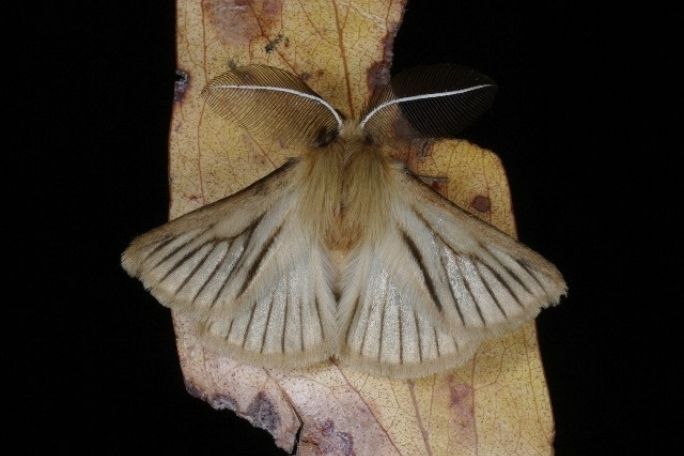Lesson summary
Students will look at parasitic insect species and their lifecycle in all their gory glory. Students begin by looking at the Bush Blitz program before being introduced to some of the species uncovered through Bush Blitz. Students then work collaboratively to investigate some of these species in detail before participating in a game around these species.
Learning intentions:
Students will...
- understand the purpose of a bush blitz
- understand the features of a bush blitz species
- understand the role of parasites
- ask questions, from big to small, to identify a species
Success criteria:
Students can...
- describe the difference between three bush blitz species and can identify their different features
- describe the role of a parasite
- explain that the purpose of a bush blitz is to identify new Australian species
- demonstrate narrowing their questions from big to small, to identify their species
Lesson guides and printables
Curriculum links
Select your curriculum from the options below.
Lesson details
Curriculum mapping
Australian Curriculum content descriptions:
Year 5 English:
- use appropriate interaction skills including paraphrasing and questioning to clarify meaning, make connections to own experience, and present and justify an opinion or idea AC9E5LY02
- Plan, create, rehearse and deliver spoken and multimodal presentations that include relevant, elaborated ideas, sequencing ideas and using complex sentences, specialist and technical vocabulary, pitch, tone, pace, volume, and visual and digital features (AC9E5LY07)
Year 5 Science:
- Examine how particular structural features and behaviours of living things enable their survival in specific habitats (AC9S5U01)
- Write and create texts to communicate ideas and findings for specific purposes and audiences, including selection of language features, using digital tools as appropriate (AC9S5I06)
Year 6 English:
- identify responses to characters and events in literary texts, drawn from historical, social or cultural contexts, by First Nations Australian, and wide-ranging Australian and world authors (AC9E6LE01)
Year 6 Science:
- Investigate the physical conditions of a habitat and analyse how the growth and survival of living things is affected by changing physical conditions (AC9S6U01)
- Write and create texts to communicate ideas and findings for specific purposes and audiences, including selection of language features, using digital tools as appropriate (AC9S6I06)
Syllabus outcomes: EN3-8D, EN3-1A, ST3-10LW, ST3-4WS, ST3-11LW.
General capabilities: Critical and creative thinking, Literacy
Cross-curriculum priority: Sustainability
Relevant parts of Year 5 English achievement standards: Students contribute actively to class and group discussions, taking into account other perspectives.
Relevant parts of Year 5 Science achievement standards: Students analyse how the form of living things enables them to function in their environments, and communicate their ideas and findings using multimodal texts
Relevant parts of Year 6 English achievement standards: Students contribute actively to class and group discussions, using a variety of strategies for effect
Relevant parts of Year 6 Science achievement standards: Students describe and predict the effect of environmental changes on individual living things. Students communicate ideas, methods and findings.
This lesson is part of the wider unit of work Backyard Bush Blitz – Years 5 & 6
Resources required
- A3 images of Bush Blitz species (access here or here)
- Clothes pegs
- Headband Game
- Image cards of Bush Blitz species (access here – printed out so that each student has one card)
- Bush Blitz Slides
Skills
This lesson is designed to build students’ competencies in the following skills:
- Communication
- Critical thinking
- Creativity
- Collaboration
- Cultural understanding
Additional info
Time required: 120 mins
Level of teacher scaffolding: Medium – facilitate class discussion and demonstrate/ model game and questioning
This is an original Cool+ lesson.


Welcome back!
Don't have an account yet?
Log in with:
Create your free Cool.org account.
Many of our resources are free, with an option to upgrade to Cool+ for premium content.
Already have an account?
Sign up with:
By signing up you accept Cool.org's Terms and Conditions(Opens in new tab) and Privacy Policy(Opens in new tab).